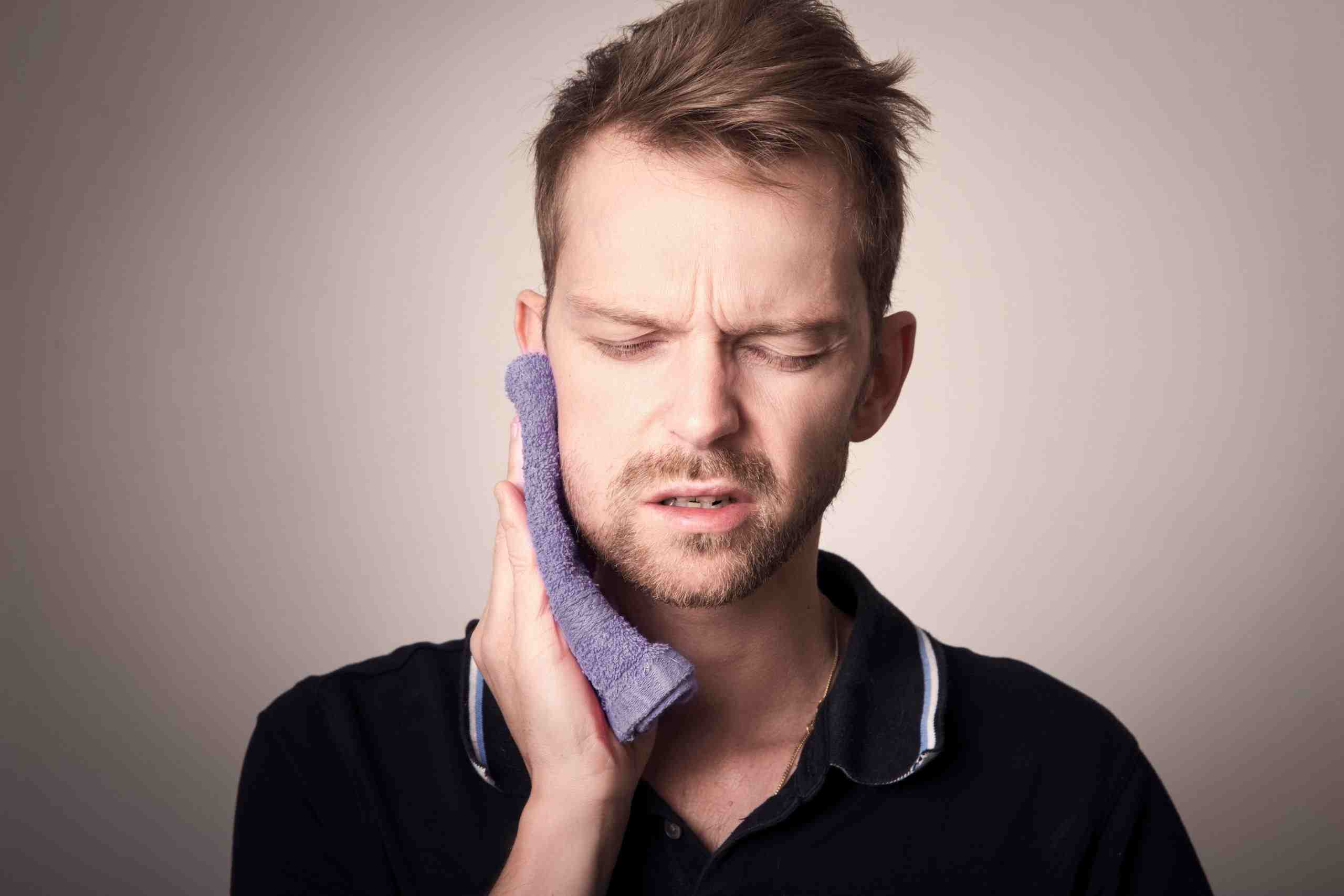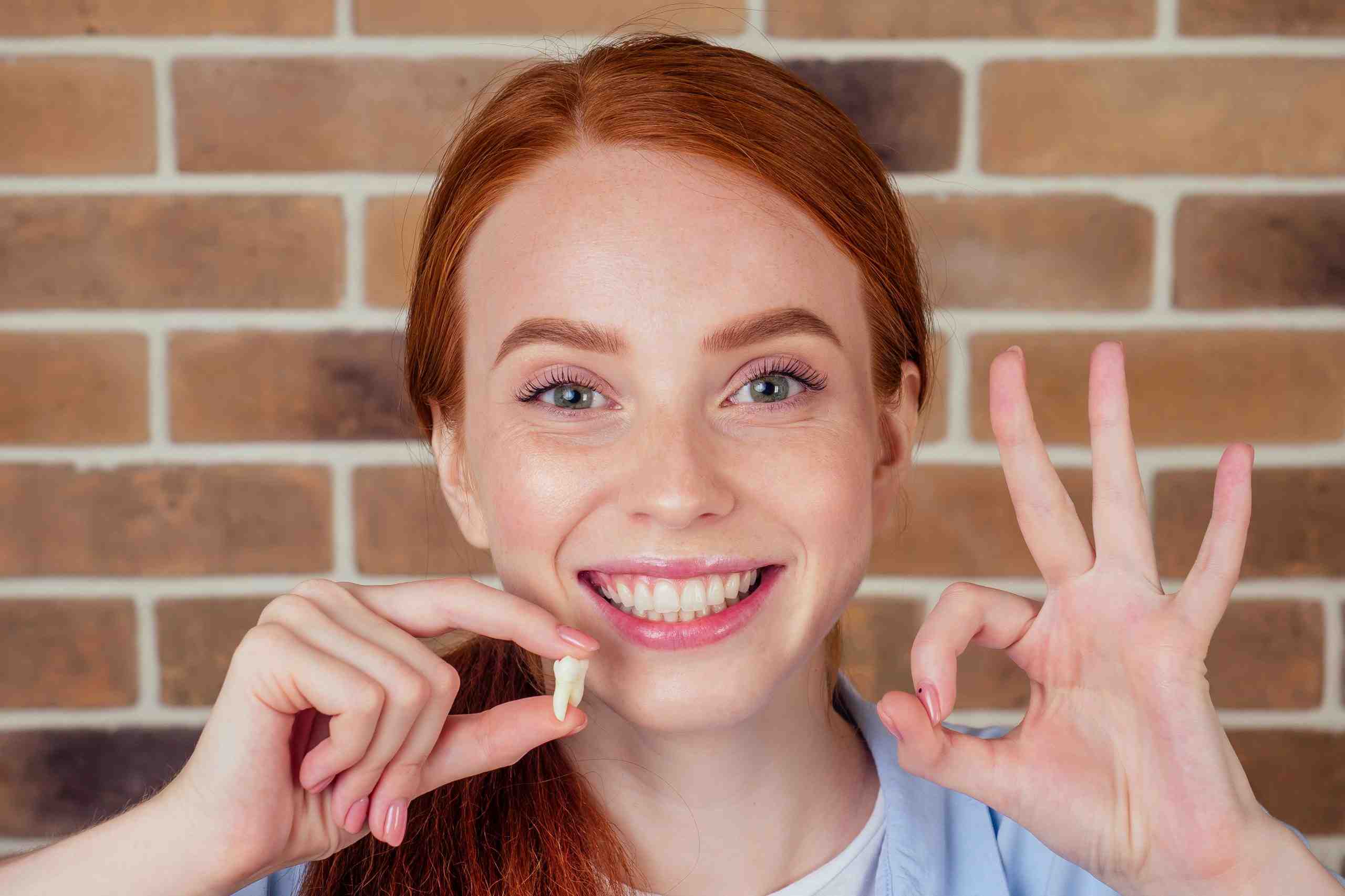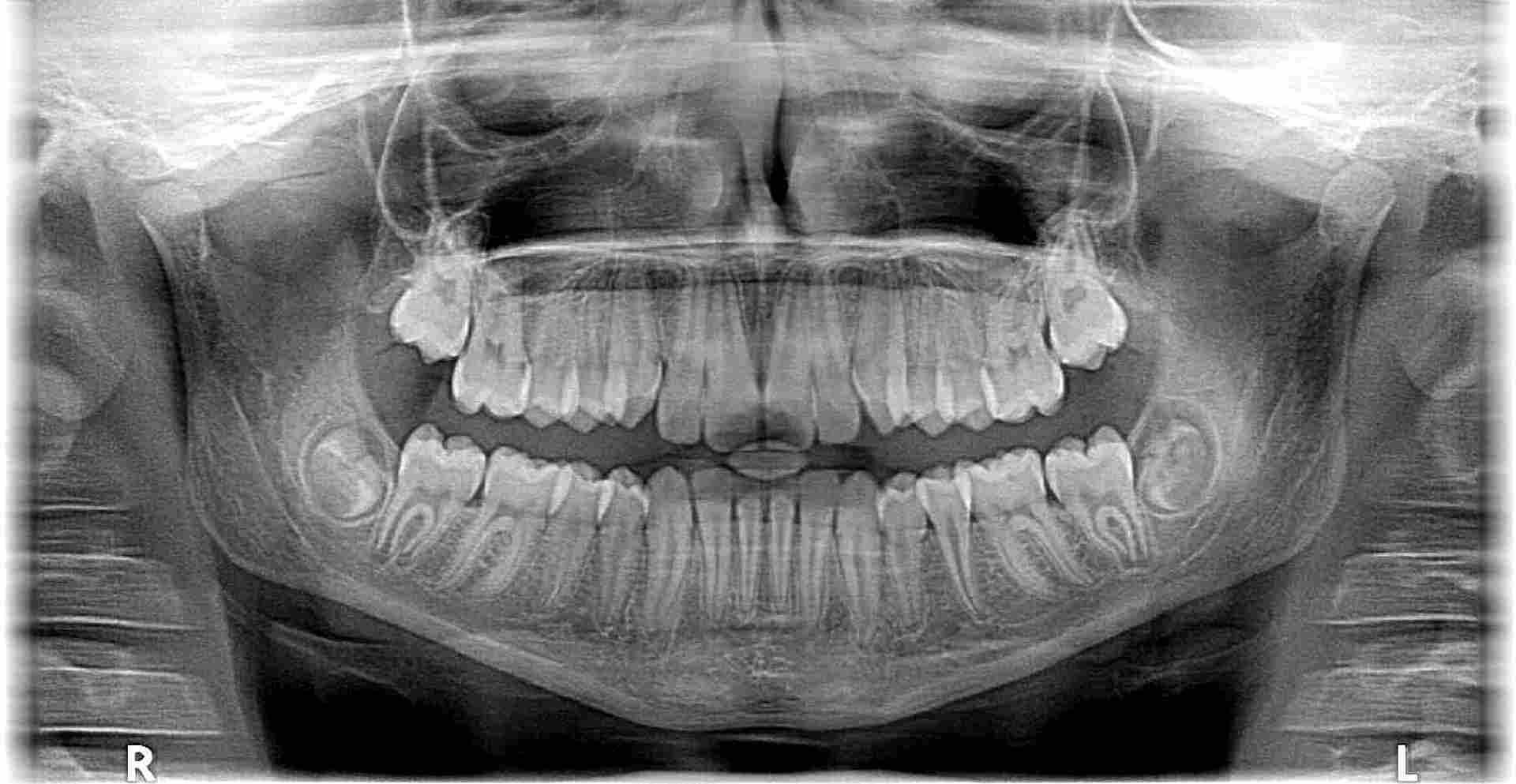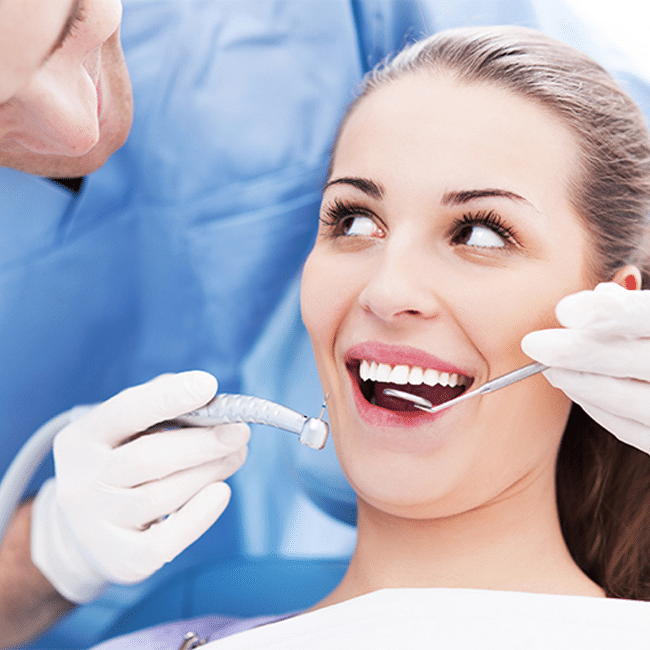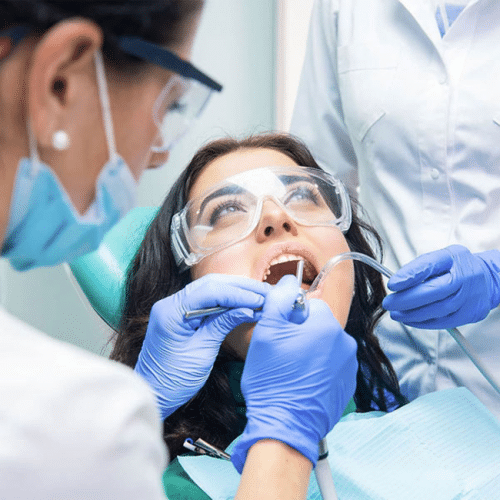DENTAL AVULSION
Dental avulsion occurs when a tooth is forcibly torn out of the gum line causing damage to dental structure and gum tissue. A child or adult can experience a knocked out tooth due to an accident or injury. A medical emergency such as concussion or bleeding may be associated with dental trauma.
In sporting activities such as boxing or rugby dental avulsion may happen if the mouth is injured during physical contact. For this reason, it is common for sports players to wear dental mouth guards or shields to protect their teeth and gums from damage.
Childhood Dental Avulsion
Similarly, treatment for child dental avulsion where milk teeth fall out differs from adult dental avulsion. Children’s milk teeth are in the process of being replaced by developing adult teeth, whereas adults already have their set of permanent adult teeth.
With children, if dental avulsion occurs prematurely due to injury, it may be better to simply treat the painful symptoms and allow the tooth socket to heal as the adult tooth develops in the avulsed tooth’s place.



